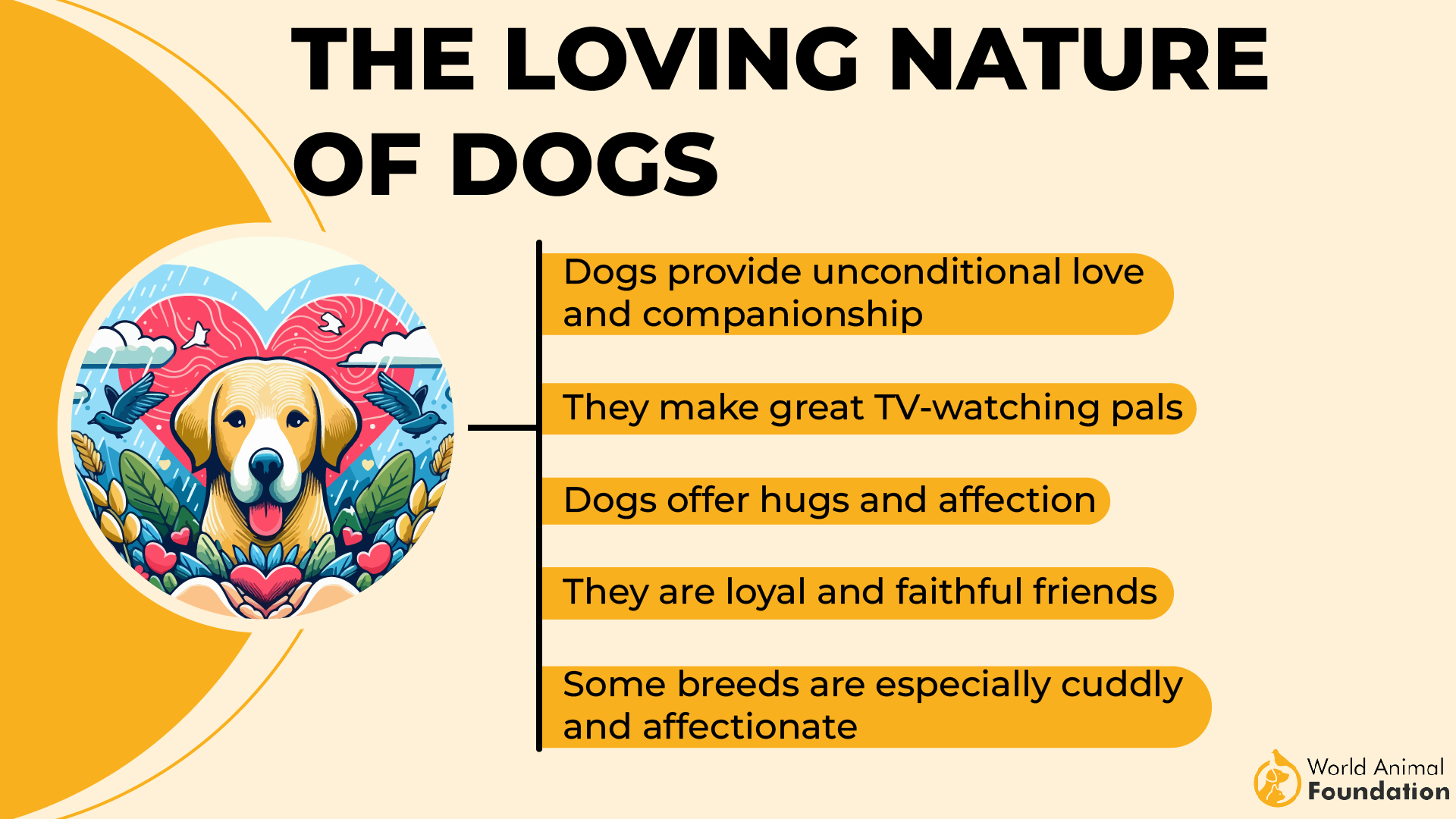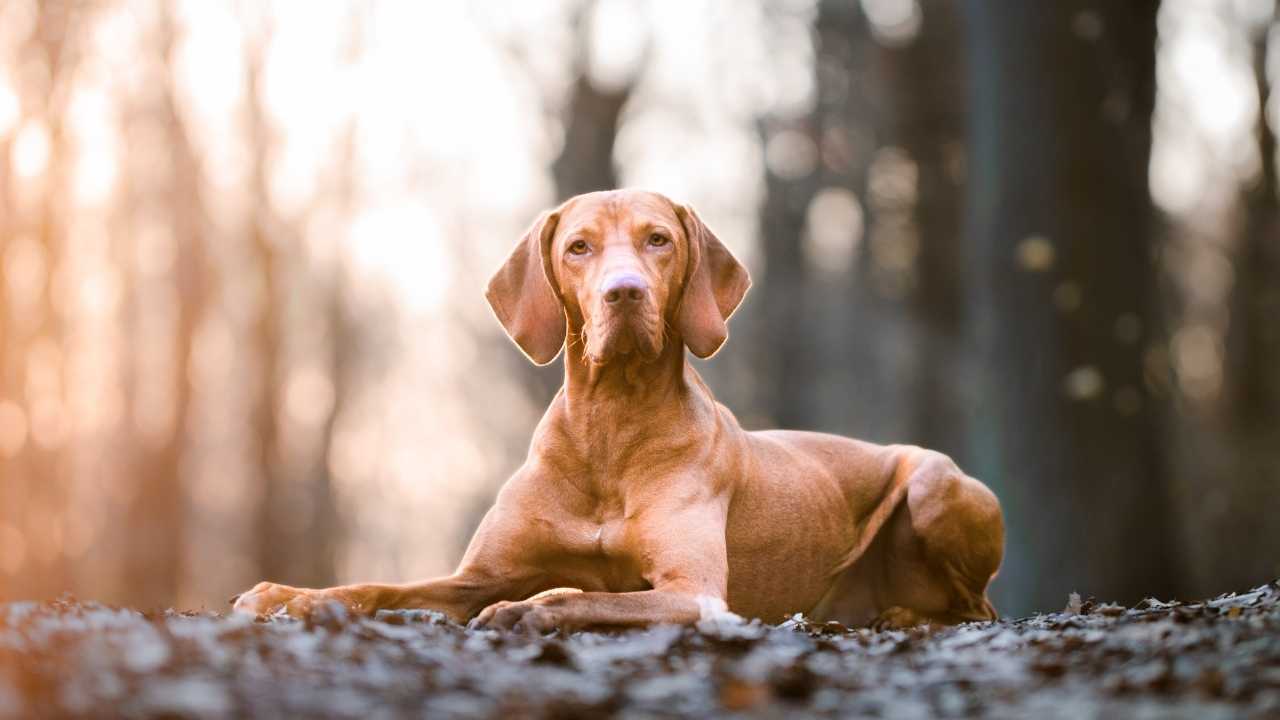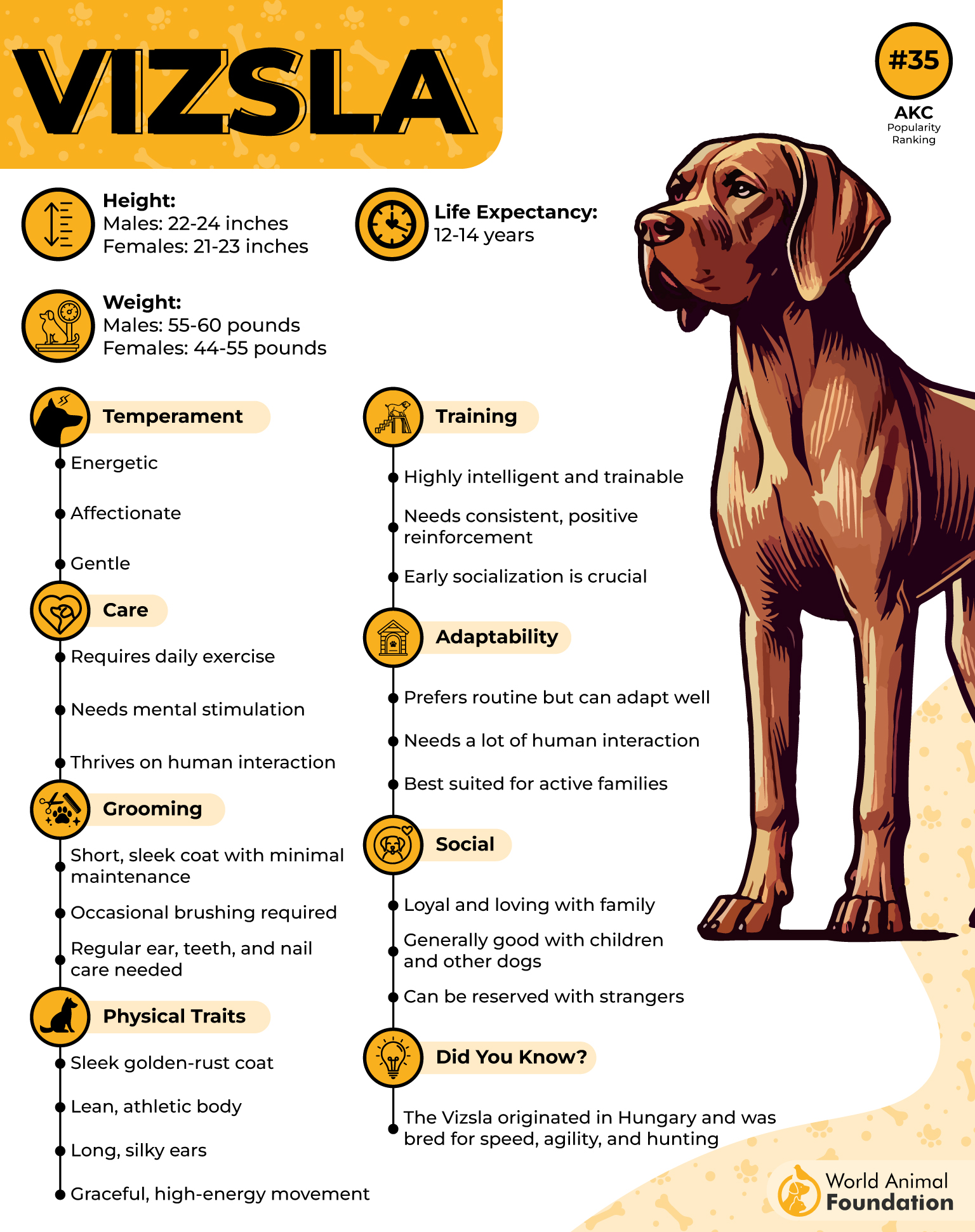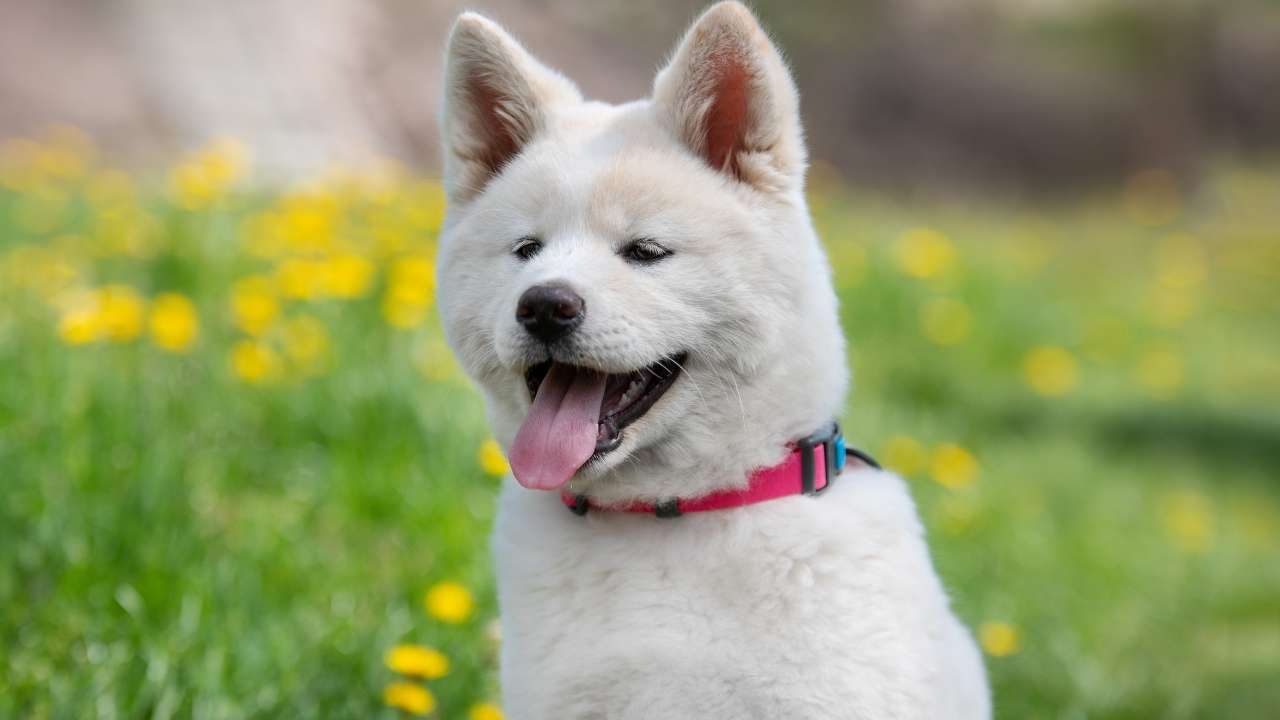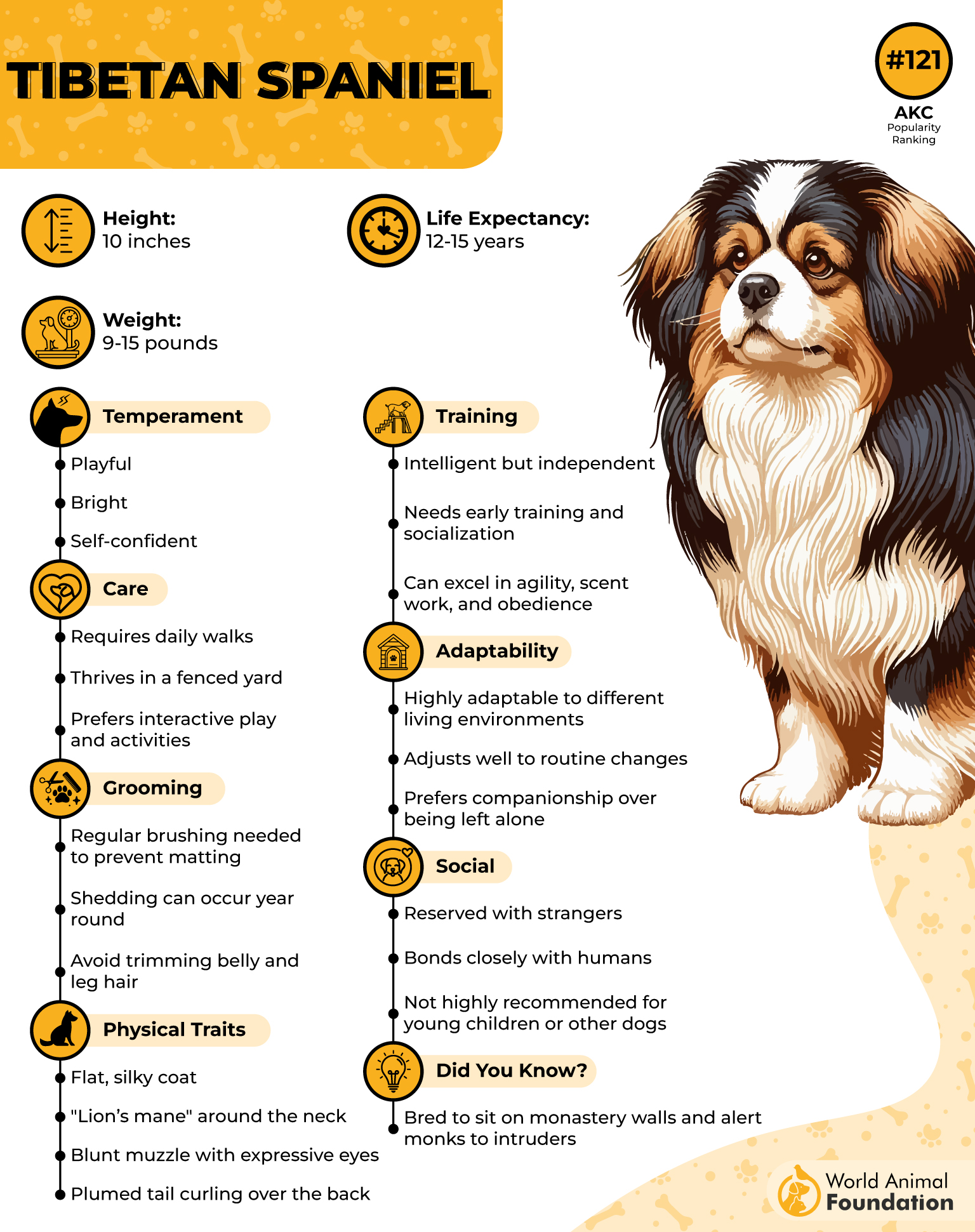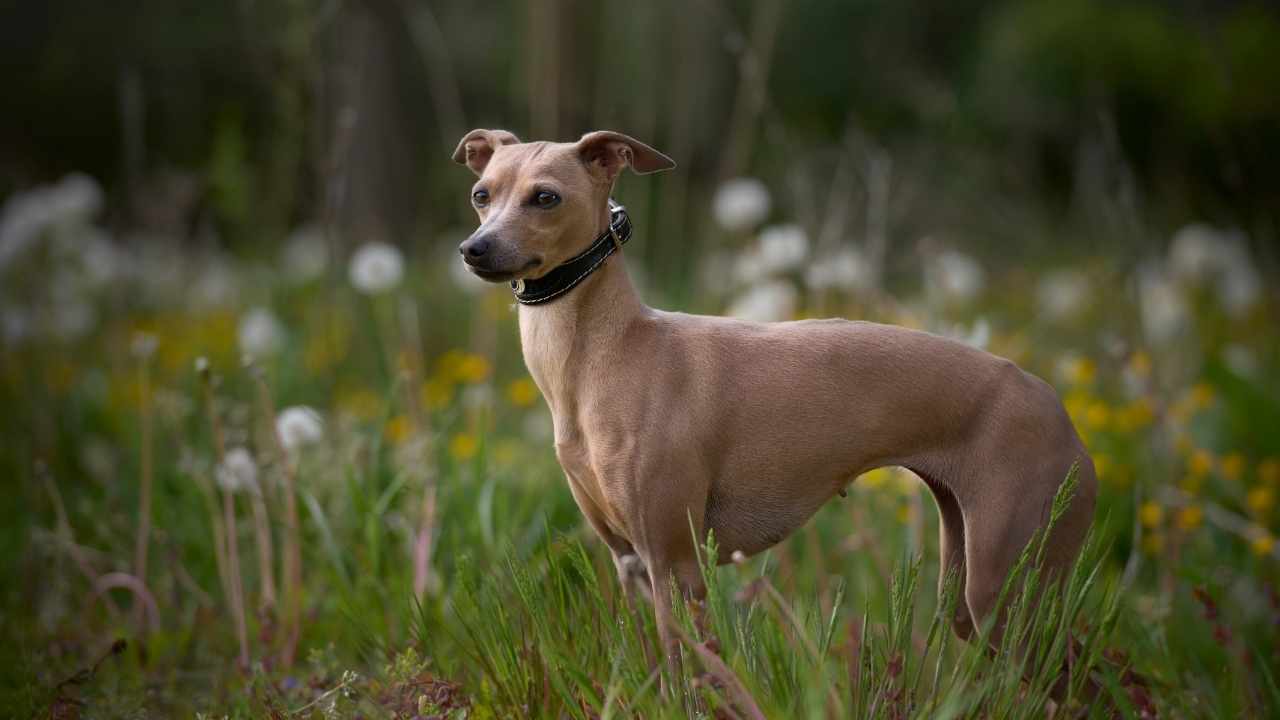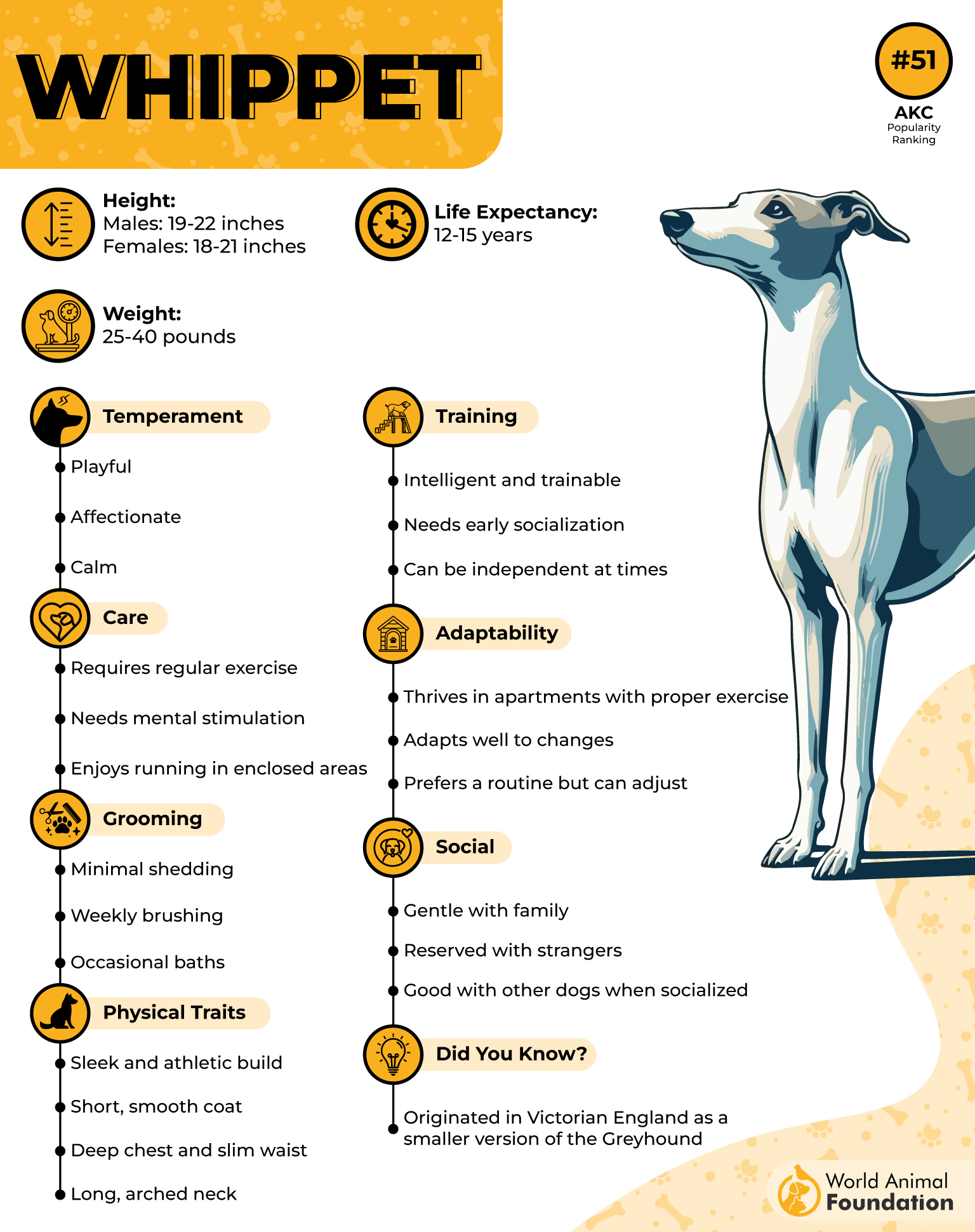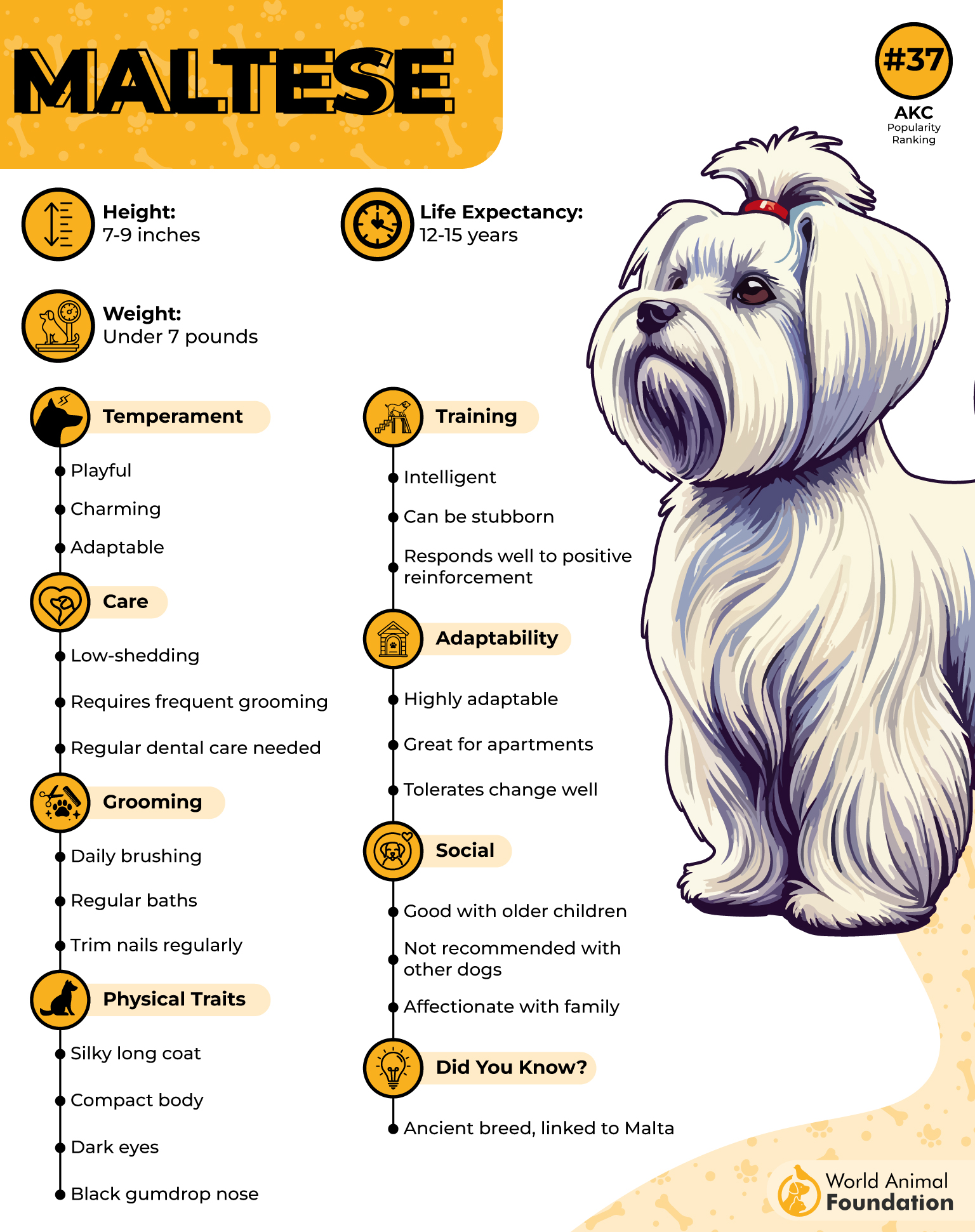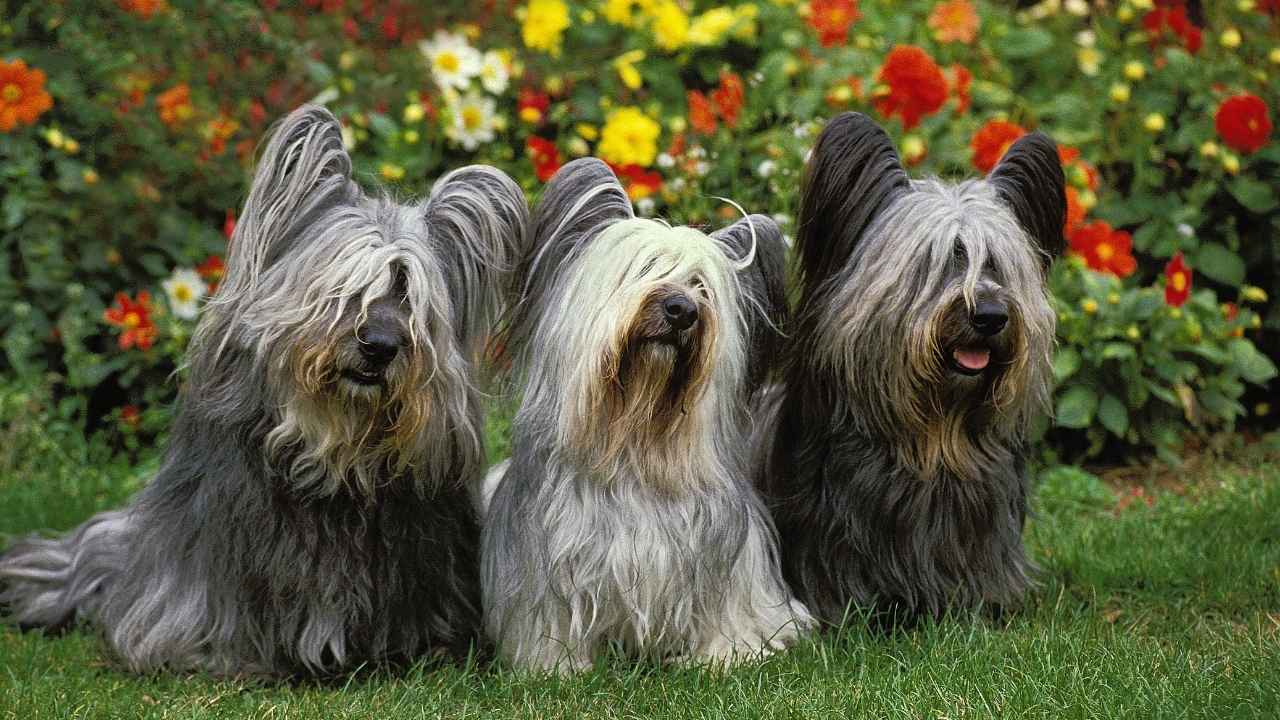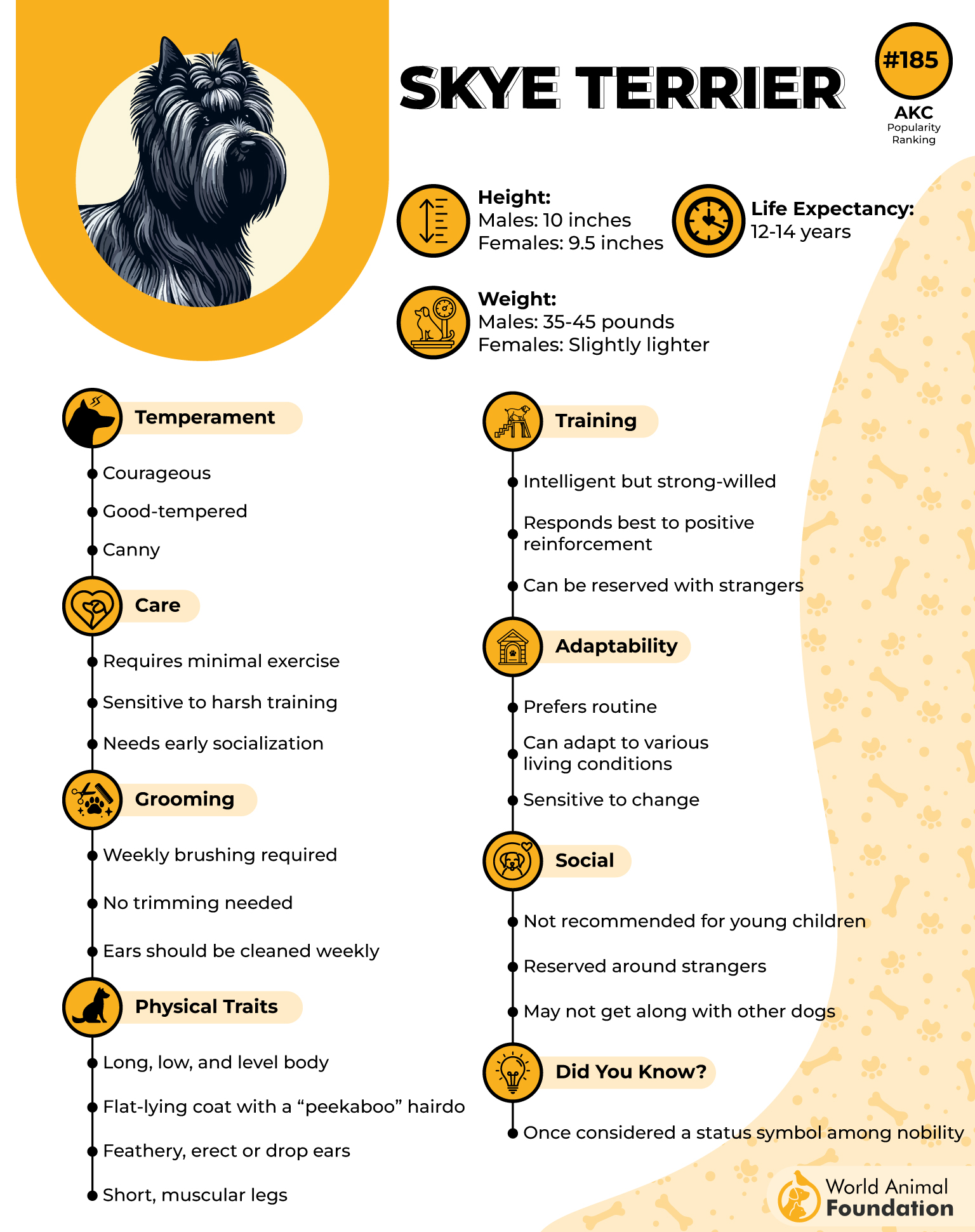In the realm of canine companions, not every dog is a social butterfly eager to play fetch with strangers at the park. Some prefer the solace of their familiar surroundings, embodying a quiet demeanor that might lead them to shy away rather than wag their tails in greeting. These introverted pups are often misunderstood, misconstrued as aloof or stand-offish, when in reality, their reserved nature is just part of their charm. Meet the nine most shy dog breeds, each with their unique personalities and quirks, who would much rather ghost you than say hi, yet offer unparalleled loyalty and love to those they trust.
So, you want a dog that won’t embarrass you at the dog park by being the life of the party? A pup that won’t crash through the crowd, demanding belly rubs from strangers? Well, congratulations—you might be in the market for one of the world’s shyest dogs.
These timid pups don’t do small talk. They’re the introverts of the canine world, the ones who stick to the corners at social gatherings (if they even show up).
They won’t lunge for attention, but they will cling to their chosen humans with the intensity of a detective trailing a suspect.
But don’t let their reserved nature fool you—these dogs are full of personality. They just prefer their affection in private, thank you very much. With the right love, patience, and a few treats, they might just let a stranger pet them… eventually.
Curious? Keep reading to meet nine dogs who have mastered the fine art of social avoidance.
9 Shy Dog Breeds
1. Vizsla
If you’re looking for a dog that exudes confidence and charisma… keep looking. The Vizsla is not here to work the room or win over strangers with a wagging tail. WebMD notes that despite being a natural-born hunter, this sensitive soul would much rather stick close to its inner circle than suffer the horror of making new acquaintances.
For a breed with top-tier athleticism and razor-sharp instincts, the Vizsla is surprisingly reserved. It thrives in environments where familiarity reigns supreme—new people? No thanks. New places? Pass. This dog prefers the comfort of routine and the company of its trusted humans.
Unlike the boisterous, in-your-face socialites of the dog world, the Vizsla is the cautious observer, sizing up every interaction like it’s a high-stakes poker game. Socialization can help but don’t expect a dramatic transformation. You won’t turn this introvert into a party animal.
Even with training, they tend to remain a little… selective. They tolerate strangers, but love? That’s earned, not given. Trust must be built, one treat at a time.
But here’s the kicker—once they decide you’re worth it, you’ve got a loyal, affectionate shadow for life. The Vizsla is proof that sometimes, the best companions are the ones who don’t need to be the center of attention.
2. Akita Inu
The Akita Inu is the definition of “I do what I want.” This independent dog doesn’t need your validation or your constant affection—honestly, it probably thinks you should be earning its love. If you were hoping for a clingy, tail-wagging best friend, well… you should probably lower those expectations.
This massive dog was initially bred for hunting and guarding, which explains why it tends to approach new situations with a skeptical eye. Loud noises? No, thanks. Unfamiliar environments? Hard pass. The Akita Inu sticks to what it knows and prefers a stable environment where sudden changes are minimal.
Bringing strangers around? Don’t expect the Akita to roll out the welcome mat. This breed isn’t here for unnecessary small talk. It will tolerate guests but won’t be throwing any tail-wagging parties in their honor. Proper socialization from a young age can help ease their cautious nature, but they’ll always be selective with their trust.
Despite their serious demeanor, Akitas are affectionate companions—to their chosen people. They bond closely with trusted family members and thrive on consistency. Sudden noises or chaotic environments can make them uneasy, so a calm environment is ideal.
Want to boost their confidence? Regular socialization and consistent training from a young age are key. Exposing them to new environments at their own pace can help ease their timid behavior. Mental stimulation, positive reinforcement, and a structured routine will help this breed feel secure.
The Akita Inu may not be a social butterfly, but for those who earn its loyalty, it’s a fiercely devoted, protective, and noble companion. Just don’t expect it to be impressed by your party tricks.
3. Tibetan Spaniel
If you’re looking for a clingy, needy dog, keep walking. The Tibetan Spaniel is an independent thinker who loves its humans—but on its terms. This little watchdog takes its job seriously, preferring to sit high up and judge the world from a safe distance.
Strangers? Suspicious. New environments? Questionable. The Tibetan Spaniel thrives in a stable environment and isn’t one to roll out the welcome mat for every visitor. It takes time to warm up, but once it does, expect unwavering loyalty.
Their timid nature can make them hesitant in unfamiliar surroundings. Proper socialization from a young age helps them feel more secure and less like they need to sound the alarm at every minor disturbance.
Confidence-building activities like trick training and interactive play work wonders. This sensitive dog responds best to gentle encouragement—forceful methods will only make them retreat further into their shy shell.
AKC suggests that mental stimulation is a must. Puzzle toys, scent games, and regular training keep their sharp minds engaged and prevent them from overthinking every situation.
Give them patience and respect their space, and they’ll reward you with their quiet, devoted companionship—on their schedule, of course.
4. King Charles Spaniel
A lap dog with royal roots, King Charles Spaniel adores its family but isn’t exactly known for being bold. These gentle souls prefer the comfort of familiar faces and cozy spaces over loud noises and chaotic environments.
They’re affectionate but can be naturally cautious. Timid behavior around strangers is common, especially without early and regular socialization. New environments? A little overwhelming at first.
Proper socialization from a young age is key. Slow introductions to new people and experiences help boost their confidence and prevent them from turning into a permanently anxious shadow.
Mental stimulation is crucial. Training, interactive play, and food puzzles keep their sharp minds occupied and help them feel more secure in unfamiliar situations.
A stable environment helps them thrive. Sudden changes and loud noises can easily overwhelm these sensitive dogs, so a calm, structured home is ideal.
Once they trust you, they’ll be your most loyal, affectionate companion—just don’t expect them to be the life of the party.
5. Shiba Inu
The Shiba Inu is a cat trapped in a dog’s body. Independent, aloof, and fully convinced it’s the smartest being in the room. If you think you own a Shiba, think again—it owns you.
Petplan claims that this breed was initially bred for hunting, so it has a sharp mind and a cautious nature. New environments? Suspicious. Strangers? Not worth the effort. This is one of those timid dog breeds that chooses when and where to engage.
Proper socialization from a young age can help but don’t expect a Labrador Retriever-level transformation. The Shiba Inu will always maintain a bit of that “too cool for you” attitude.
Confidence-building is all about patience and positive reinforcement. Introduce new experiences gradually and make training feel like their idea. Trust me, forcing a Shiba Inu into anything is a battle you will lose.
They may be shy around new people, but with their trusted family members, they show their playful personalities. Earn their trust, and you’ll have a loyal companion—with a strong preference for doing things their way.
6. Whippet
The Whippet is a Greyhound on a budget—the same sleek body same need for speed, but a little more fragile in the confidence department. If there’s an award for “most likely to be scared of its own shadow,” the Whippet is a top contender.
Unfamiliar surroundings? Not a fan. Loud noises? Nope. These gentle souls can be easily overwhelmed, especially without proper socialization. They thrive in a stable environment where sudden changes are kept to a minimum.
Despite their timid nature, Whippets are affectionate companions. They bond closely with their humans and love nothing more than curling up on the couch—preferably under a blanket, away from literally everything unfamiliar.
Helping them gain confidence takes time. Regular socialization, a consistent routine, and plenty of mental stimulation will help ease their shy behavior. Oh, and don’t forget gentle encouragement—Whippets don’t do well with harsh training methods.
They may be sensitive dogs, but with patience and proper training, Whippets can learn to navigate new environments with a little more confidence—just don’t expect them to lead the pack anytime soon.
7. Norfolk Terrier
This scruffy little dog may look fearless, but when faced with unfamiliar situations, it’s suddenly not so brave. One loud noise and—poof!—it’s under the couch, reevaluating all its life choices.
Norfolk Terriers were originally bred as hunting dogs, yet they tend to be naturally cautious. They’re social with family but hesitant around new people. Don’t expect them to run up and greet strangers anytime soon.
New environments can be overwhelming for this timid dog breed. They thrive in a stable environment where sudden changes are minimal. Too much chaos? They’ll make themselves invisible.
Confidence-building starts young. Regular socialization and gentle exposure to different sounds, places, and people help curb their shy behavior. A few treats and a consistent routine can work wonders.
Purina mentions that despite their reserved nature, Norfolk Terriers form strong bonds with their trusted humans once comfortable, they’re playful, affectionate, and full of personality—but only on their terms.
With proper training and patience, this cautious little terrier can grow into a well-adjusted companion. Just don’t expect them to be the first in line for new experiences.
8. Maltese
The Maltese may have the look of a tiny royal, but beneath all that fluff is a pup that spooks easily. Loud noises? Nope. Strangers? Not. New environments? Let’s not even go there.
They may act confident at home, but take them outside their comfort zone, and their shy side takes over. This breed tends to be easily overwhelmed by too much excitement or sudden changes.
They do best in a calm environment where they can feel secure. They bond closely with their owners, often choosing one trusted family member as their security blanket.
Regular socialization is essential. Without it, their timid behavior can turn into nervous barking or avoidance. Introduce new experiences slowly, with plenty of positive reinforcement.
They thrive on affection but need patience when it comes to new situations. A mix of mental stimulation, training, and exposure to gentle social interactions will help build their confidence.
With the right balance of love and proper training, Maltese can grow into a well-rounded companion—just don’t expect them to enjoy meeting strangers any time soon.
9. Skye Terrier
The Skye Terrier is the canine version of an old-school aristocrat—reserved, selective, and not one to waste time on strangers. If you’re not in their trusted circle, don’t expect an enthusiastic greeting.
This breed is naturally cautious and can be hesitant in unfamiliar surroundings. They bond closely with family but remain aloof from outsiders. Friendly? Sometimes. Distrustful? Always.
They prefer a stable environment and are not fans of sudden noises or chaotic environments. Any disruption to their routine, and they’ll be watching from the sidelines, waiting for things to settle.
Building their confidence takes work. Proper socialization from a young age is key to preventing extreme timidness. A consistent routine and plenty of positive reinforcement will help them feel secure.
Skye Terriers respond best to gentle training methods. Forceful tactics will only make them more stubborn. They need mental stimulation and encouragement at their own pace.
Earn their trust, and they’ll be one of the most loyal companions you’ll ever have. But if you’re looking for an overly friendly, tail-wagging pup? You might want to look elsewhere.
Conclusion
Not every dog dreams of center stage. Some prefer the comfort of a cozy corner, quietly observing the chaos rather than diving into it. The world may adore social butterflies, but let’s give some love to the socially awkward pups—they may be shy, but they’re full of heart.
From the notoriously skittish Greyhound to the small but mighty Yorkshire Terrier, certain breeds just tend to keep to themselves. But with proper socialization and a stable environment, even the most timid dog breeds can find their confidence—well, some confidence. Let’s not get ahead of ourselves.
Of course, shyness doesn’t mean weakness. Many of these dogs, like the Akita Inu, were initially bred as guard dogs—not for small talk, but for loyalty. Other dogs, like the gentle giants Great Dane and Mastiff, just need a little patience before showing their affectionate side.
If you’re an individual seeking a low-maintenance companion who won’t crash your Zoom calls, a Cavalier King Charles Spaniel or a Lhasa Apso might be the perfect fit. Prefer a barkless dog that blends in? The Basenji has you covered.
So, whether you love small-stature pups or large dogs that just want a quiet life, remember—shyness isn’t a flaw. With more socialization, a little encouragement, and a lot of love, even the most timid dogs thrive. Ready to meet your perfect introverted pup? Start your journey with the right breed today!
In conclusion, understanding that certain dog breeds are naturally more reserved can help prospective owners make informed decisions when adopting a pet. These nine shy dog breeds, often characterized by their aloof and cautious nature, require gentle socialization and patience to thrive in their environments. Their reserved personalities do not detract from their potential as loving companions; rather, they offer unique bonds built on trust and mutual respect. By acknowledging and catering to their temperament, owners can ensure a harmonious and fulfilling relationship with these gentle-hearted dogs.


